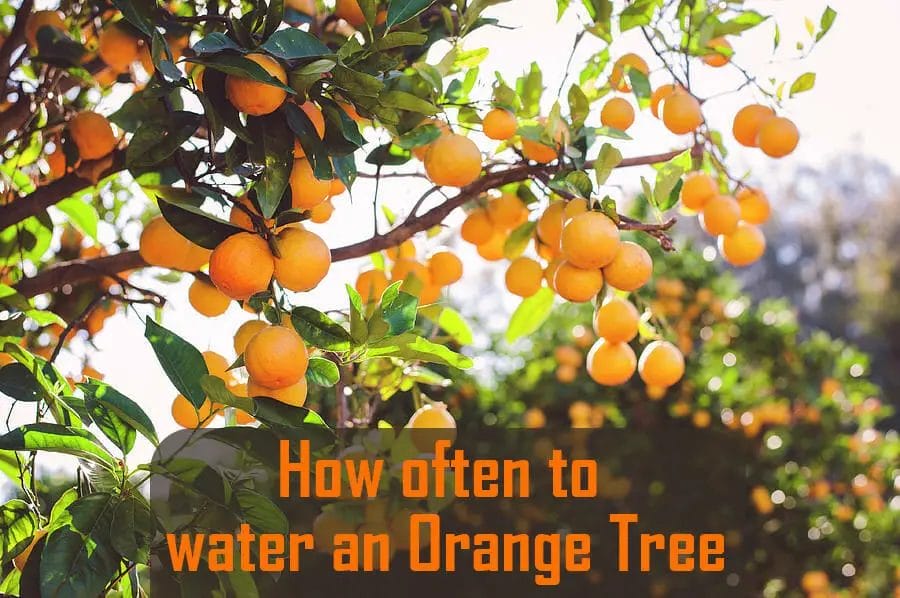A dog is a member of our family, and they deserve to be clean too. But sometimes, life happens, and we don’t always have access to running water or soap. Or don’t have much energy or time on us to give them proper baths.
Fortunately, there are ways around these obstacles, such as dry shampoo, baking soda, wet wipes, and many more. And we’ve gathered some tried-and-true methods that will get your furry pal squeaky clean. Drive in to find more all of the methods-
What are the benefits of bathing a dog without water?
Baths without water can clean your dog’s coat. This is especially beneficial if your dog has a lot of furs, as it can be difficult to get down to the skin with a traditional bath.
Baths without water can also relieve bad odors or bacteria. For example, if your dog has been rolling in something smelly or has an infection, it can help clean them up without further irritating its skin.
Finally, baths without water can be a fun way to play with your dog. Many dogs enjoy rubbing down, which can be a bonding experience for you and your pet.
Here are some methods of bathing your dog without water
If you want to save your energy and time while still keeping your dog clean, follow these simple instructions-
Dry Shampoo
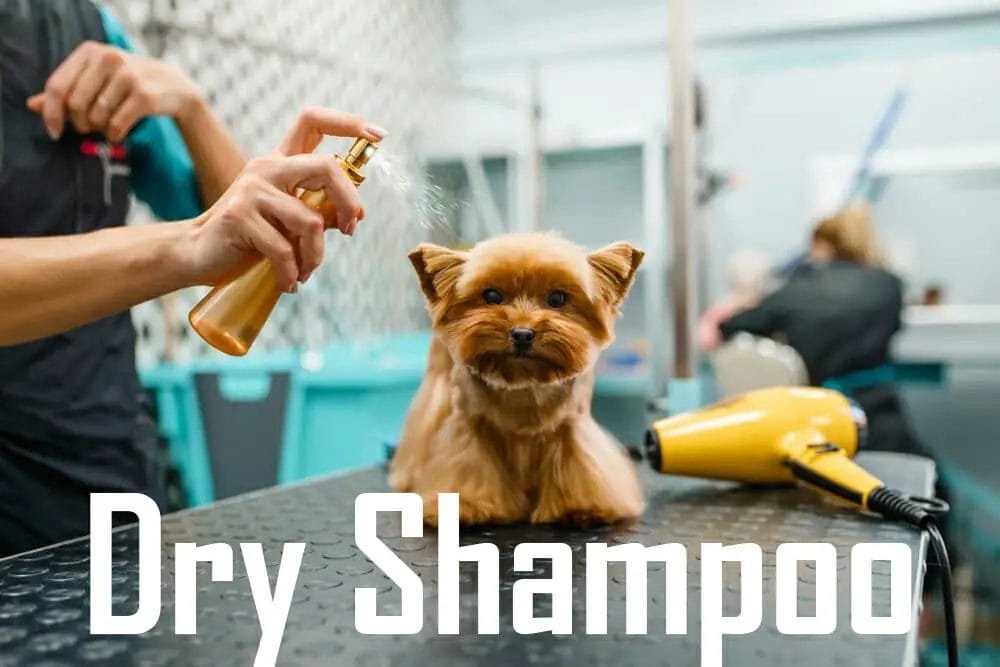
Dogs’ fur will be detangled, their skin will be treated, and they do not require rinsing after using waterless shampoos.
Dry shampoo is available as a foam, powder, or spray. Choosing a dog-licking product that does not contain toxic ingredients that will upset your pet’s stomach is important. Here is ho
Step-1
Shake out any loose dirt by brushing your dog thoroughly.
Step-2
Dust or spray dry dog shampoo on your dog’s coat, excluding his face. Ensure that the shampoo reaches the skin by rubbing it into and under the coat. Then, don’t let your dog lick it for a few minutes.
Step-3
Immediately after spraying your dog with dry shampoo, your dog should be brushed out, and then he should be dried with a towel. During this process, your dog is okay if he shakes his body.
Step-4
The next step is to wash your dog’s face after cleaning his body. Don’t get dry shampoo in your dog’s eyes, mouth, or ears when applying it to his head. Instead, shield his eyes and rub the shampoo in small areas.
Wet Wipes
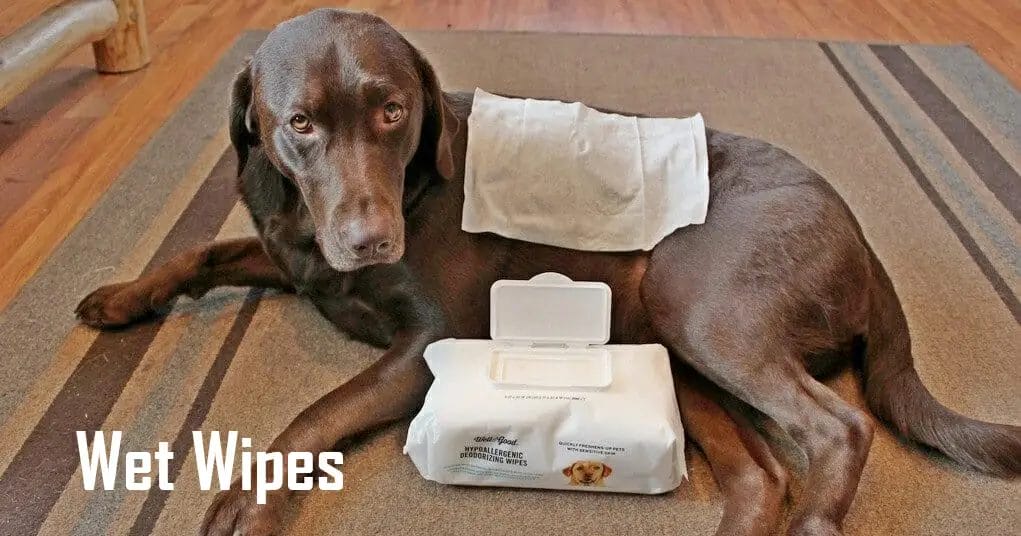
When your pet has been on an outdoor adventure, wet wipes for pets are an excellent way to remove dirt and grime from their fur afterward. Muddy paws can also be easily cleaned with them. Here is how you do it-
Step-1
Ensure you carry pet wipes when you leave the house, and use only dog-friendly wipes. To begin, gently exfoliate your dog’s paw pads and toes.
Step-2
Start at the neck and work your way down your dog’s coat with wet wipes. To remove dirt buried beneath the coat, gently scrub against its natural direction.
Step-3
Make sure your dog’s face is clean by wiping it down carefully. You should avoid touching your eyes, mouth, and ears.
Baking Soda

Cleaning your dog with baking soda is a natural choice since it kills bacteria. It is harmless if eaten in small amounts but dangerous when eaten in large amounts. If your dog is allergic, you should ask your veterinarian before using it. Here is how to do it-
Step-1
Combine one cup of baking soda with one cup of cornstarch, or use one cup each. Cornstarch softens your dog’s coat while baking soda deodorizes it.
Step-2
After brushing your dog, sprinkle some baking soda on the coat from the neck up to the tail, so it doesn’t stick to its fur. Next, apply this to your puppy’s skin and massage it into it, allowing it to dry for a few minutes before removing it.
It is possible that if your dog does not like to have the powder shaken onto him, he will prefer to have a towel soaked in soda, then have the towel rubbed on him.
Step-3
Brush or comb your dog’s fur. After that, use a clean towel to wipe her down.
Use oatmeal
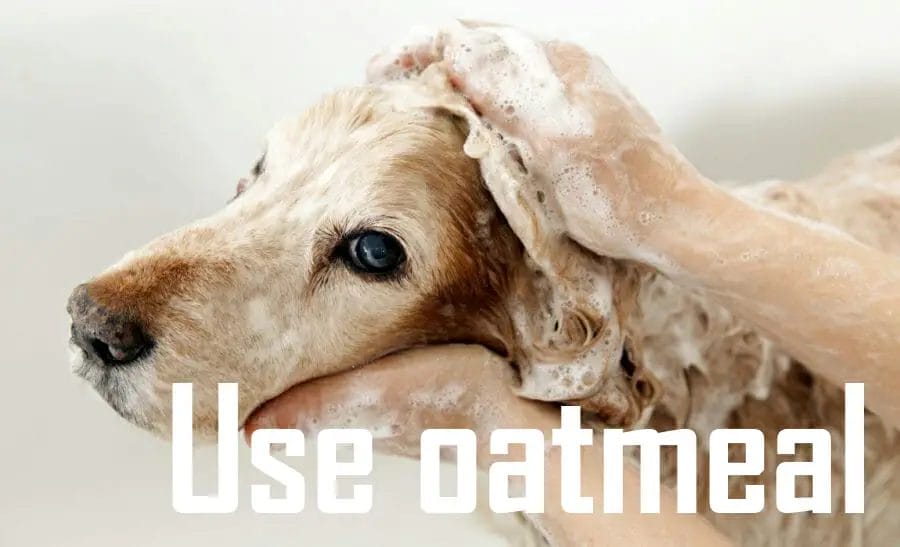
This method works wonders and is simple enough to do yourself. You don’t need fancy equipment. All you need is some old-fashioned oatmeal and patience.
Oats are great for cleaning dogs because they’re soft and absorbent. As a result, they work well to clean both hair and skin. Plus, they won’t irritate as shampoos can. And best of all, there’s no soap or shampoo required.
You just need to find a place where your dog doesn’t mind being brushed. For example, a bathtub works great, but if you use a shower curtain, keep it closed while brushing your dog.
Once you’ve found a spot, spread out a layer of plain old oatmeal across your dog’s coat. Let him shake it off and go about his day. If necessary, repeat the process again later.
When the oatmeal dries completely, gently brush it off your dog’s coat. This step could be messy, so prepare accordingly. Don’t worry — you don’t need to wash your hands afterward.
If your dog seems uninterested in the oatmeal, try mixing it in a little water. Water helps soften the oats and makes them easier to brush out. Just remember to keep the amount of water minimal. Too much water can dilute the effectiveness of the oatmeal.
And once the oatmeal is gone, rinse your dog with warm water. Then, dry your dog thoroughly and give him a good rubdown.
Deodorizing Spray
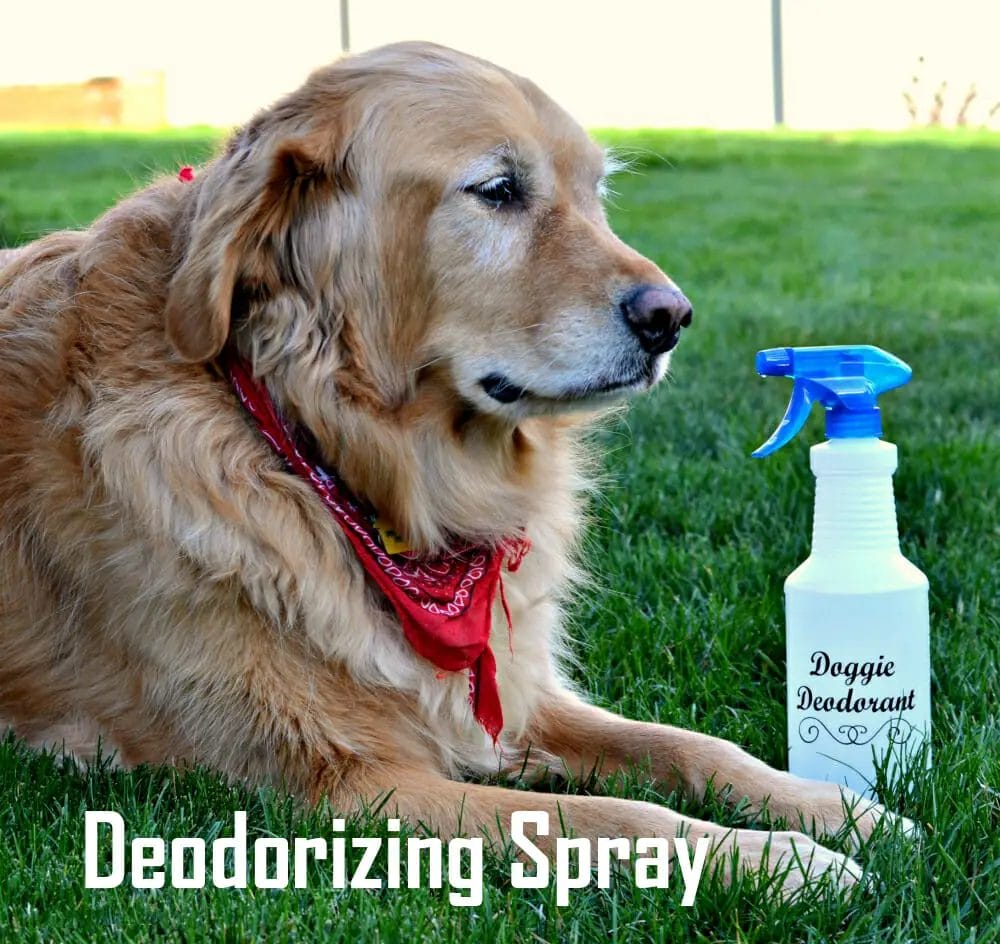
If you’re looking for a way to keep your pet smelling good without having to spend hours scrubbing him down, look no further. There are four sprays available that remove odors naturally, without harsh chemicals.
Each one contains tea tree oil, witch hazel, and essential oils that work together to fight off bacteria and fungi while keeping your dog coat soft and shiny.
Cornstarch
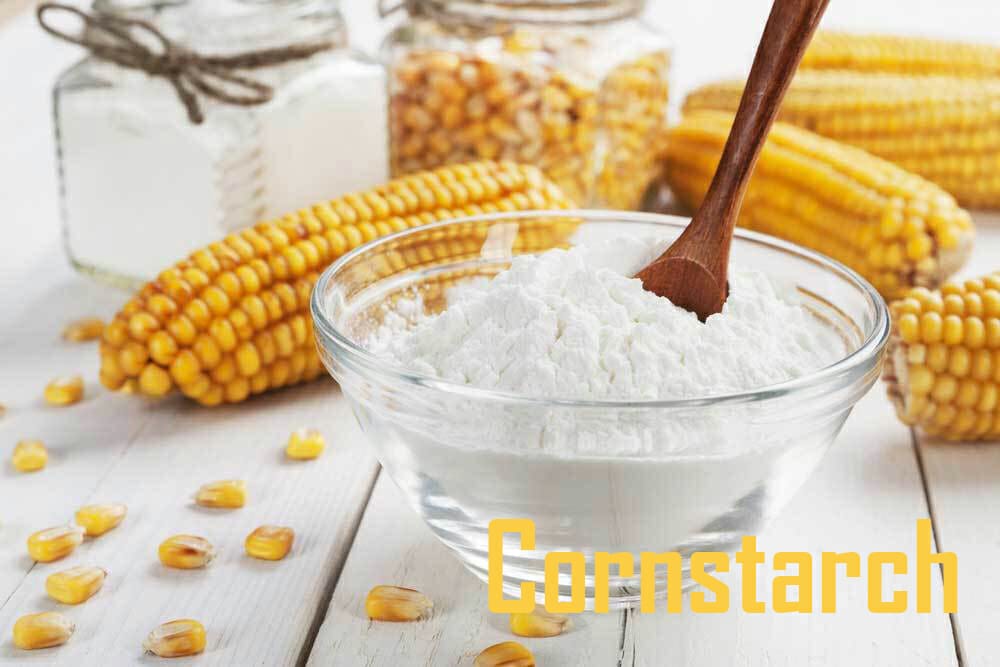
Cornstarch is one of those household staples you never think about until something goes wrong. Similar to baking soda, cornstarch absorbs bad odors from your pet’s coat and removes them.
And just like baking soda, it will help alleviate your pets’ itchy and dry skin problems. This can also be best for baths without water for dogs.
To use cornstarch, simply apply some directly to your dog’s coat. You can even mix it into his food.
If you’re dealing with a particularly stubborn case of fleas, try mixing cornstarch into a paste and dabbing it onto your dog’s coat. This works best if you allow him to lick off the excess mixture.
Frequently Asked Questions [FAQs]
1. Can a dog go without bathing for a long time?
Generally, dogs don’t need baths as much as their pet parents do. So, waterless baths are ok for them. Nevertheless, your pooch should be bathed at least twice a year.
2. Is it better for dogs to bathe?
3. How do dogs smell?
4. is dry baths good for the dog?
5. Even after a bath, my dog still stinks.
if he/she still smells or is scratching excessively, licking too much, scaling excessively, or rubbing on the carpet, take him/her to the vet
conclusion
Bath time for your dog can be tiring, so whenever you feel less energetic or don’t have enough time, use the above methods. And keep your dog shiny and smelling good even without a bath. Also If you worried about that your puppy is not drinking water click here to know how to get a puppy to drink water.






